As the demand for shifting to solar energy increases in the Philippines, many homes and businesses are ready to turn to solar, which is why they are increasingly seeking eco-friendly alternatives to traditional electricity sources. Among the various options available, flexible solar panels are emerging as the rising stars in this venture of going solar. Their versatility and convenience make them a top choice for Filipinos and others seeking to install solar panels.
Whether you are just curious about their benefits, how easy they are to install, what they may cost, or are here for some leisure reading, we have got you covered. This guide is your go-to for everything that you need to know before you finally put a stamp on those thoughts of going solar.
What Are Flexible Solar Panels?
Flexible solar panels are made from thin, bendable materials such as amorphous silicon or thin-film cells, which allows them to contour to surfaces where traditional rigid solar panels cannot fit. They are ideal for irregular surfaces and unique installations while offering solutions for those seeking an alternative energy source.
Benefits of Using Flexible Solar Panels
Loaded with benefits, installing flexible solar panels is a top choice for homes and businesses looking to go solar.
1. Adaptability
Flexible solar panels can be installed on boats, vehicles, and rooftops with irregular shapes. This is particularly beneficial in the Philippines, where the infrastructure varies, and creative installation solutions are often required.
2. Lightweight Design
Flexible solar panels are significantly lighter than their traditional counterparts as they are easier to transport and install, which makes them accurate for remote areas in the Philippines.
3. Durable in Harsh Condition
Philippines weather can be unpredictably challenging, which is why flexible solar panels were explicitly created to withstand heavy rain, winds, and high temperatures without cracking or breaking. Their flexibility allows them to endure physical stress without cracking or breaking
4. Cost-Effective Installation
The easy installation of flexible solar panels makes them a more cost-effective option for homes and businesses in the Philippines looking to switch to renewable energy sources.
5. Off-Grid Solutions
Flexible solar panels offer an off-grid energy solution for areas in the Philippines that don’t connect to the primary grid, offering reliable electricity supply in rural homes, farms, and disaster-stricken regions.
How to Install Flexible Solar Panels
Installing flexible solar panels is simpler than traditional rigid panels due to their lightweight and adhesive backing. Here is a simple step-by-step guide on how to install flexible solar panels.
1. Surface Preparation
Before installation, ensure the surface is clean, dry, and free from debris. This helps with better adhesion and ensures maximum energy absorption from the sun.
2. Positioning the Panels
Identify the location that gets maximum sunlight throughout the day. In the Philippines, it’s essential to consider both the rainy season and the hot summer months when planning where to install the panels.
3. Adhesive Application
Most flexible solar panels come with adhesive backing, making installation a breeze. Place the panels on the prepared surface and press firmly to ensure they stick correctly.
4. Wiring and Connections
Once the panels are securely in place, connect them to your electrical system. This might involve attaching the panels to a charge controller, battery, or inverter, depending on your setup. Professional assistance may be required to connect larger systems or ensure safety.
5. Monitoring and Maintenance
Flexible solar panels require minimal maintenance. In the Philippines, where dust and pollution levels can be high, it’s recommended to clean the panels occasionally to maintain their efficiency. You can read our guide on the maintenance of solar panels.
Solar Panels in the Philippines: Cost Overview
Filipinos are affected by the high cost of electricity, which is why most of them are switching to solar power and flexible solar panels in particular since they offer an affordable entry point into renewable energy.
1. Initial Purchase Cost
The cost of solar panels may vary according to your geographical area and also on factors such as size, efficiency, and power output. Rural or remote areas may experience higher shipping or installation costs. The initial cost to install our solar panels can range from ₱ 360,000 to ₱ 990,000, which would save an estimated amount of ₱ 65223 to ₱ 189,900 annually.
2. How to install Solar Panels
Since flexible solar panels are lighter and easier to install, labor costs are lower compared to traditional panels. Either way, if you want to install solar panels, go through our solar installation services and schemes and read through the process to find one that suits your needs and seems fair to you. You can also check out our Guide to Home Solar Panel Installation.
3. Maintenance techniques
With proper care, flexible solar panels require very little maintenance. Regularly cleaning the surface to remove dust, dirt, or debris will maintain their efficiency, especially in areas of the Philippines with high pollution or frequent rainfall. Occasional inspections are recommended to check for any signs of wear, loose connections, or damage.
Are Flexible Solar Panels the Right Choice for You?
Flexible solar panels offer versatility, easy installation, and affordability to those in the Philippines looking for renewable energy solutions. However, these flexible panels may come with certain disadvantages; although less efficient than traditional panels, they make them an attractive option for rural areas or anyone seeking off-grid energy solutions.
You can also calculate how much electricity you can save annually by installing solar panels through the solar calculator on our website. It is a smart way to see how solar power can reduce your electricity bills while benefiting the environment and reducing your carbon footprint, making the Philippines a cleaner and greener country.
Conclusion
Flexible solar panels are becoming an increasingly popular solution in the Philippines while offering numerous benefits such as ease of installation, durability, and adaptability. Thus, whether you are looking to charge up your homes, businesses, or an off-grid setup, we at Nativ Techniks, will cater to your needs and supply the best quality solar panels to you.
With the Philippines’ sunny climate and the rising demand for renewable energy, flexible solar panels offer a sustainable future for both urban and rural areas alike.
Call us now at +639176310032 or write to us at wecare@nativtechniks.com for top-notch solar panel solutions for your home or business.
Read our other blogs
How Solar Panels Are Boosting Disaster Resilience in the Philippines
The Best Solar Panel Types for Industrial Use: A Comprehensive Comparison


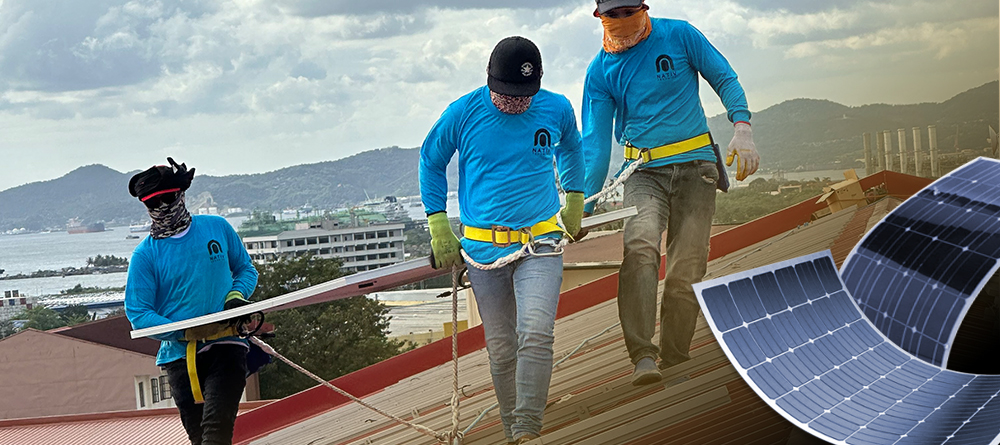
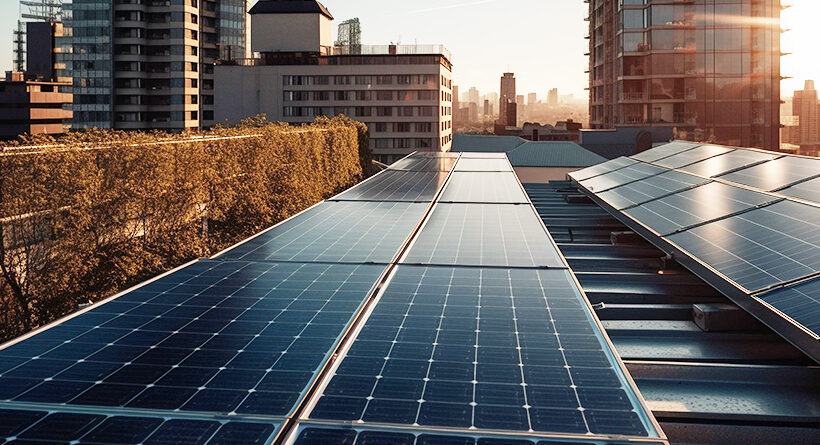
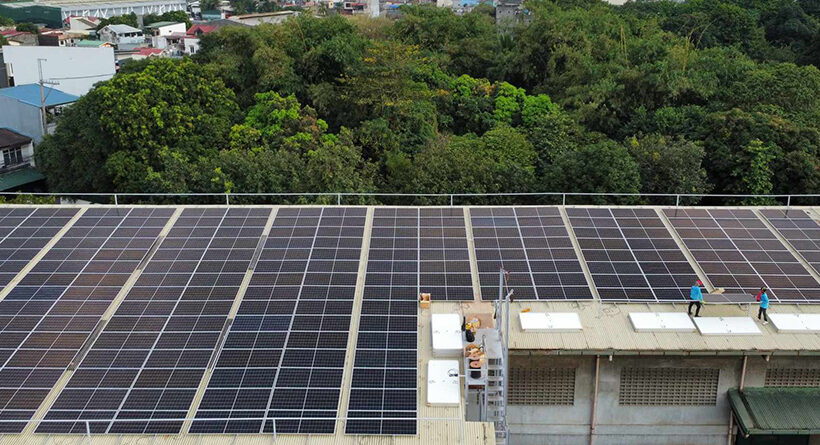

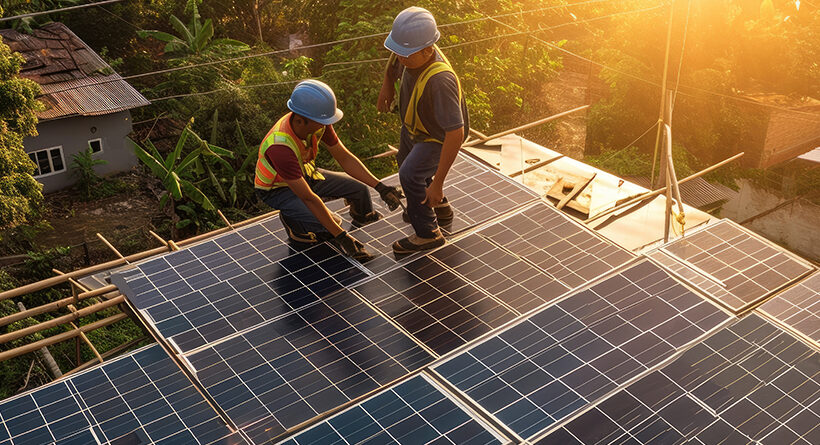
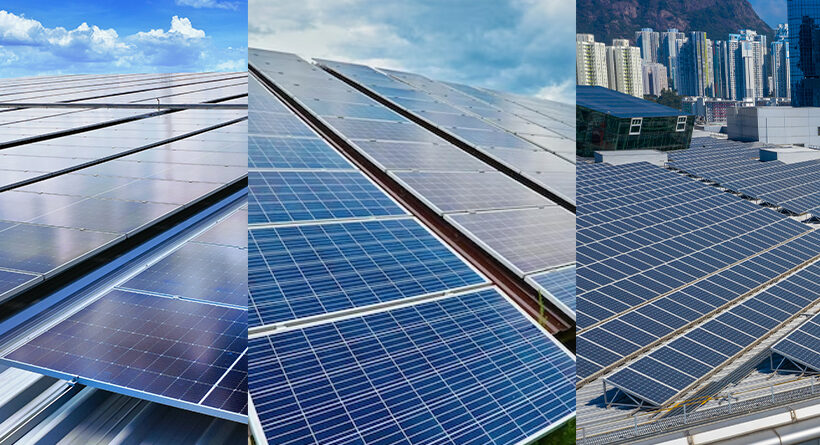
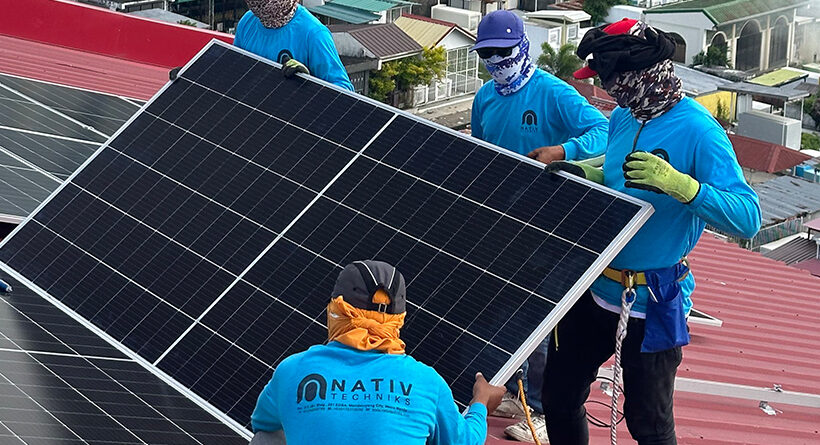
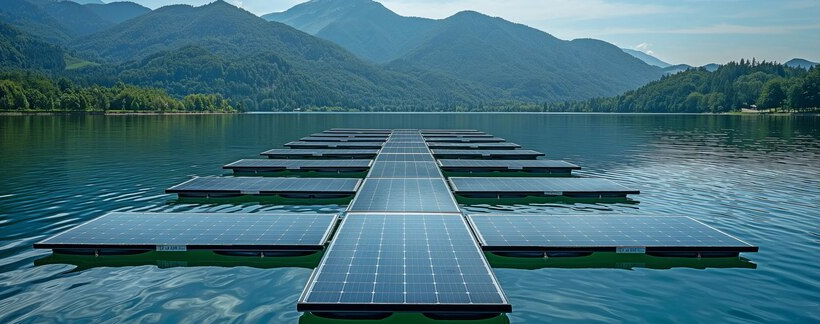



Leave a Reply